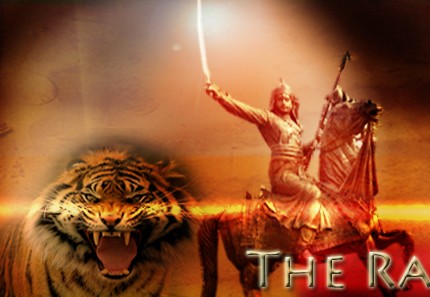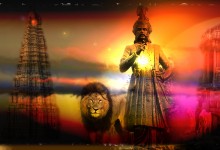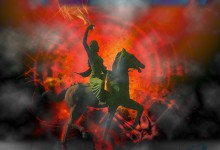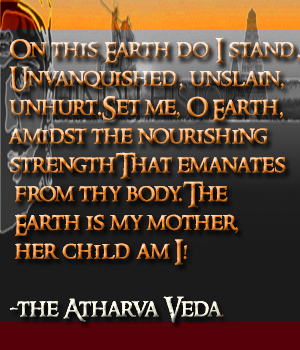Posts Tagged ‘Indus Valley Civilisation’
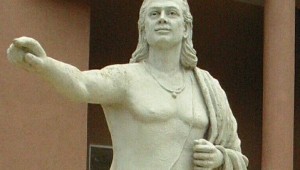
Hindu Mind of Science
In our modernist parlance science and religion are held to be polar opposites. Scientific is equated with being rational, logical and in tune with reason. Religion however is seen as backward, laughable and regressive, as well ...

